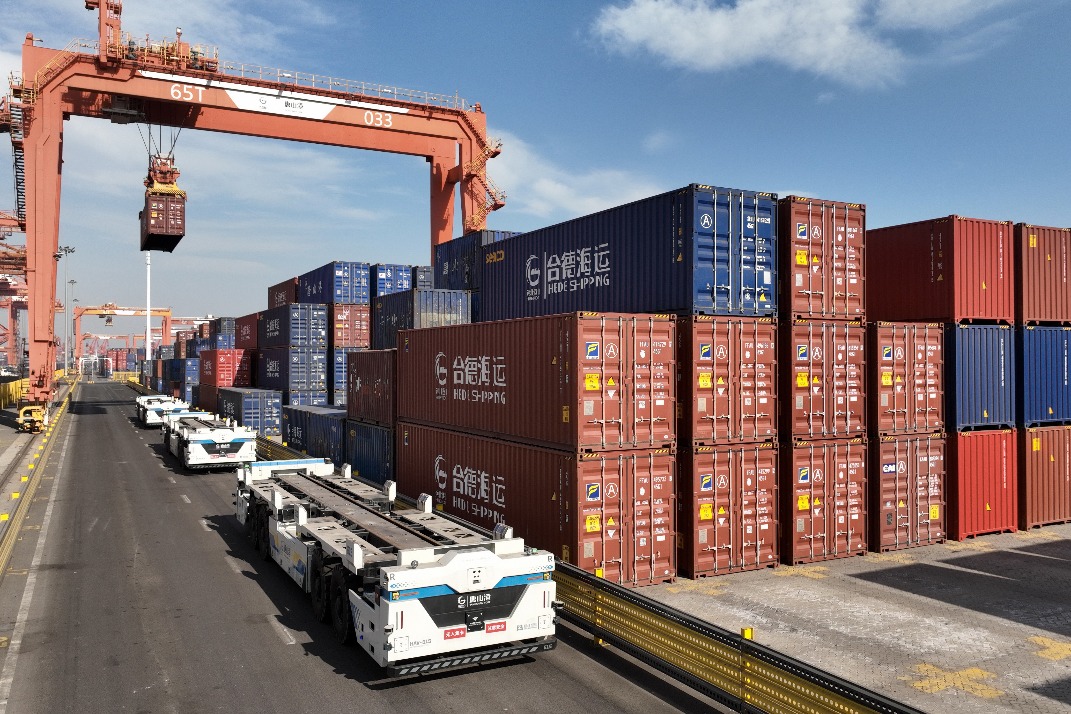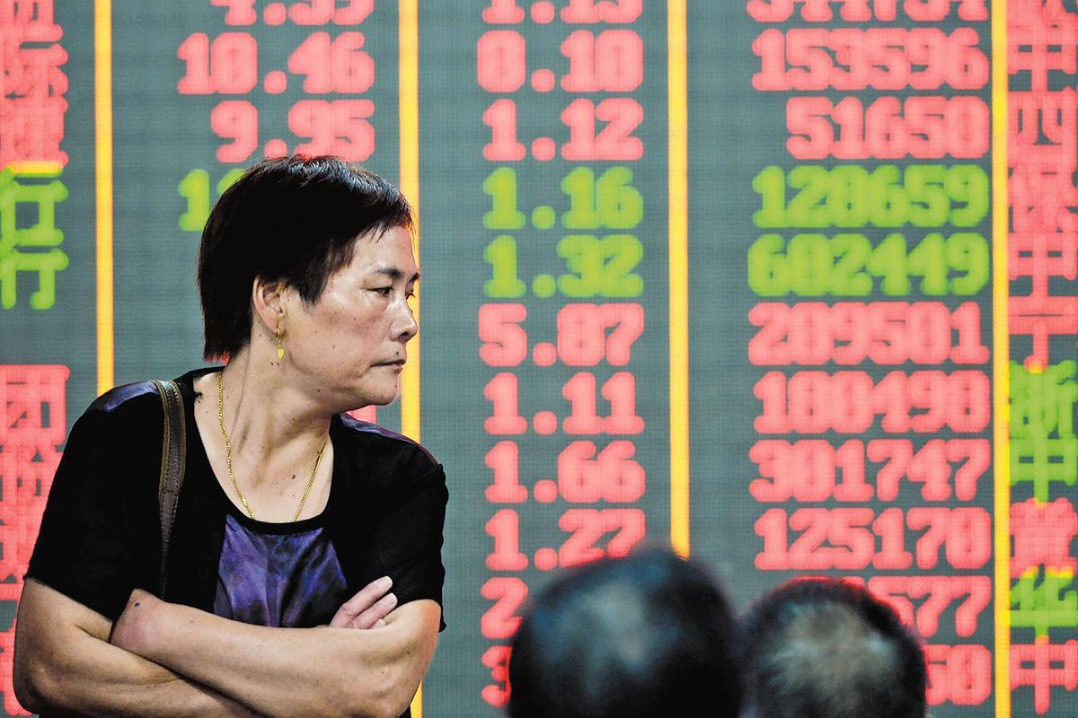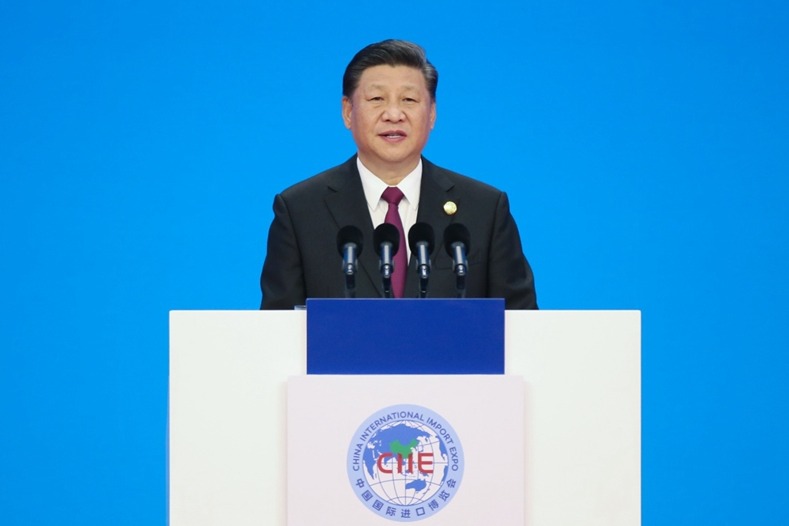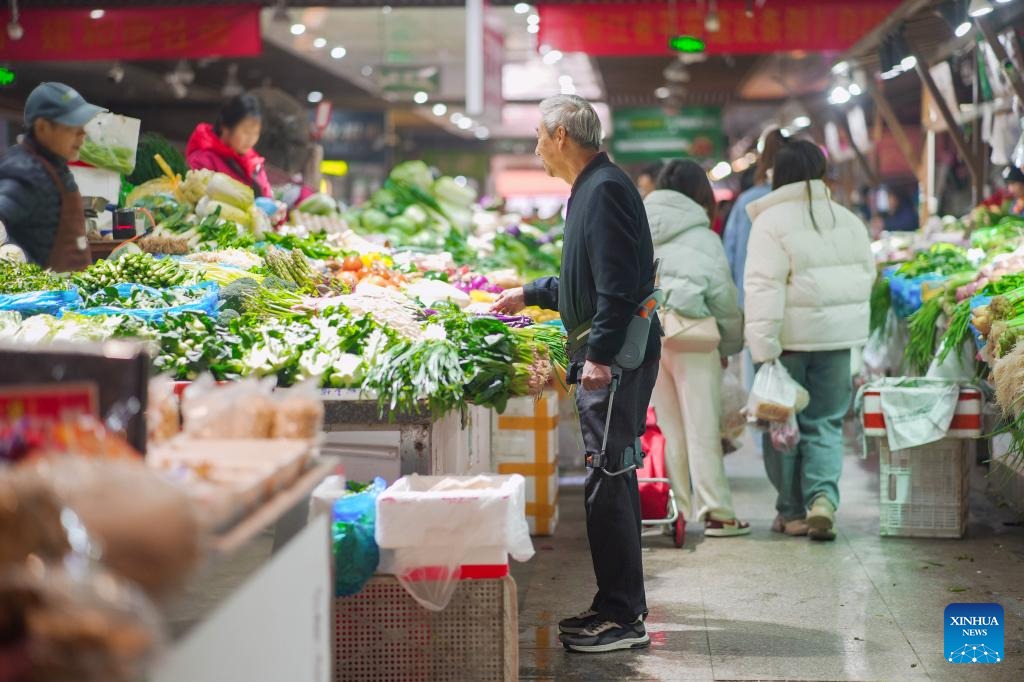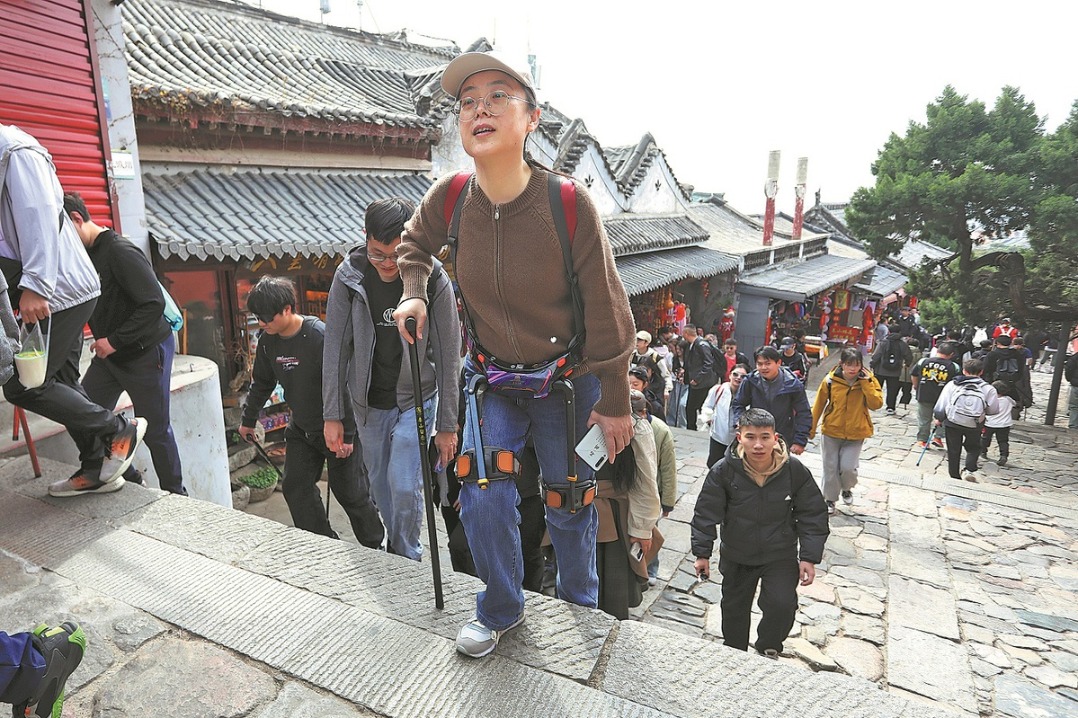Report says drug abuse in decline
Mainstream narcotics used less, but cheaper alternatives growing
By Yang Zekun | China Daily | Updated: 2024-06-21 08:44
While drug smuggling remains a challenge, drug abuse in China has continued to decline, according to a report issued by the Office of the National Narcotics Control Commission on Wednesday.
The China Drug Situation Report 2023 said there has been a spike in the cross-border and inter-regional movements of people and vehicles, leading to a resurgence in drug smuggling and trafficking.
Last year, about 42,000 drug-related cases were solved, up 12.6 percent year-on-year; 65,000 suspects were captured, an increase of 21 percent year-on-year; and 25.9 metric tons of drugs were seized in total, 18 percent more than in the previous year, the report said.
It also highlighted the decline in drug abuse last year. By the end of 2023, China had 896,000 registered drug users, a year-on-year decrease of 20.3 percent.
Last year, China also had about 4 million people who avoided relapsing after three years of sobriety, a year-on-year increase of 7.6 percent, and dealt with 195,000 instances of drug use, a decrease of 1.1 percent from 2022.
In addition, there were year-on-year decreases in the number of people abusing mainstream drugs such as heroin (down 26.7 percent), methamphetamine (22.6 percent) and ketamine (6.3 percent). And China has not detected any significant fentanyl abuse, the report said.
However, it warned that drug users have turned to more accessible, cheaper and similarly effective addictive substances such as narcotic and psychotropic medications, with the misuse of etomidate, which is meant for use in general anesthesia, particularly notable. The use of nonscheduled addictive substances has also been a significant problem, it said.
Wei Xiaojun, executive secretary-general of the narcotics control commission, said the country has taken a comprehensive approach to curbing the use of narcotic and psychotropic medications and other addictive substances, including improving monitoring, restricting access to more narcotics, implementing crackdowns and promoting drug prevention education.
Authorities also announced they will place 46 substances, including Brorphine, a synthetic opioid, on the supplementary list of controlled drugs on July 1.
According to the report, most drugs being abused in China originate from overseas, with a small portion produced domestically. Last year, about 20.5 tons of drugs were smuggled into the country, up 84.7 percent year-on-year and accounting for 79.2 percent of drug seizures.
About 85.3 percent of methamphetamine, 95 percent of heroin and 99 percent of opium seized last year came from the Golden Triangle area, which spans parts of Thailand, Myanmar and Laos. Additionally, 800 kilograms of methamphetamine from Mexico were seized, a 24-fold increase year-on-year, and about 2.6 tons of cocaine from South America were captured, 13.5 times more than in 2022.
Large-scale drug production in China has been effectively curbed overall, but there has been a resurgence in some areas due to increased demand and profits driven by higher drug prices after the COVID-19 pandemic, the report said. Last year, 27 provincial-level regions detected such activities, with 210 drug manufacturing cases solved and 622 kg of synthetic drugs seized.
Wei, the narcotics commission official, emphasized that curbing drug manufacturing at its source requires placing precursor chemicals under control. Last year, 938.5 tons of such chemicals were seized, up 42.2 percent year-on-year.
"Efforts have been intensified to enhance supervision over the production, distribution, warehousing, transportation and import-export processes, promoting the establishment of an informatized traceability system for precursor chemicals to prevent them from being misused," he said.
This year, efforts are being made to strengthen control over precursor chemicals at their source, including adjusting the list of precursor chemicals being exported to specific countries or regions by adding 24 substances to the list of controlled drugs, and implementing strict control measures to curb drug production, he said.
Wei acknowledged that China still faces numerous risks and challenges in its anti-drug campaign because there is an ongoing global drug problem that has shown no signs of abating.
yangzekun@chinadaily.com.cn





